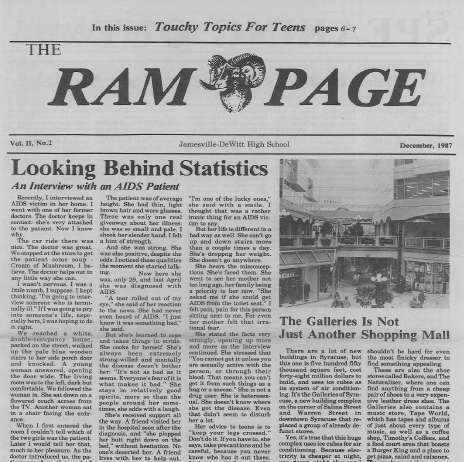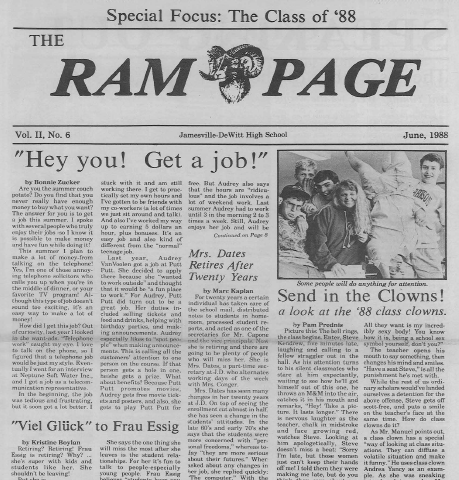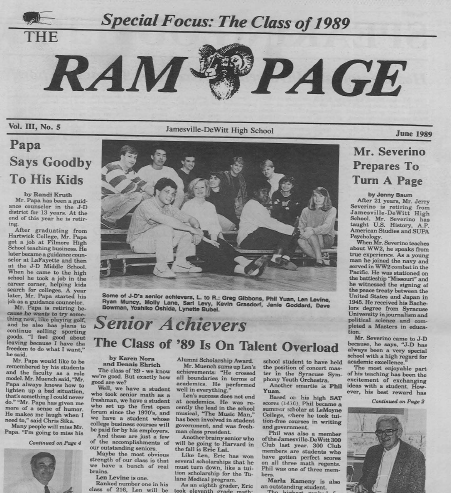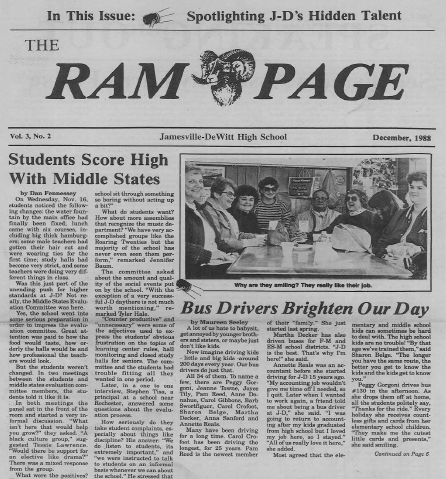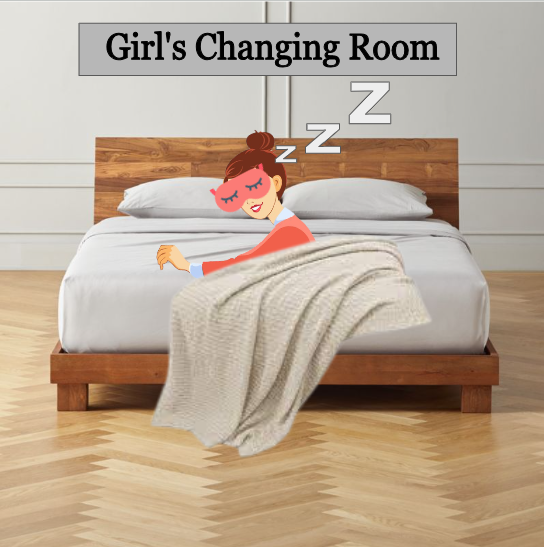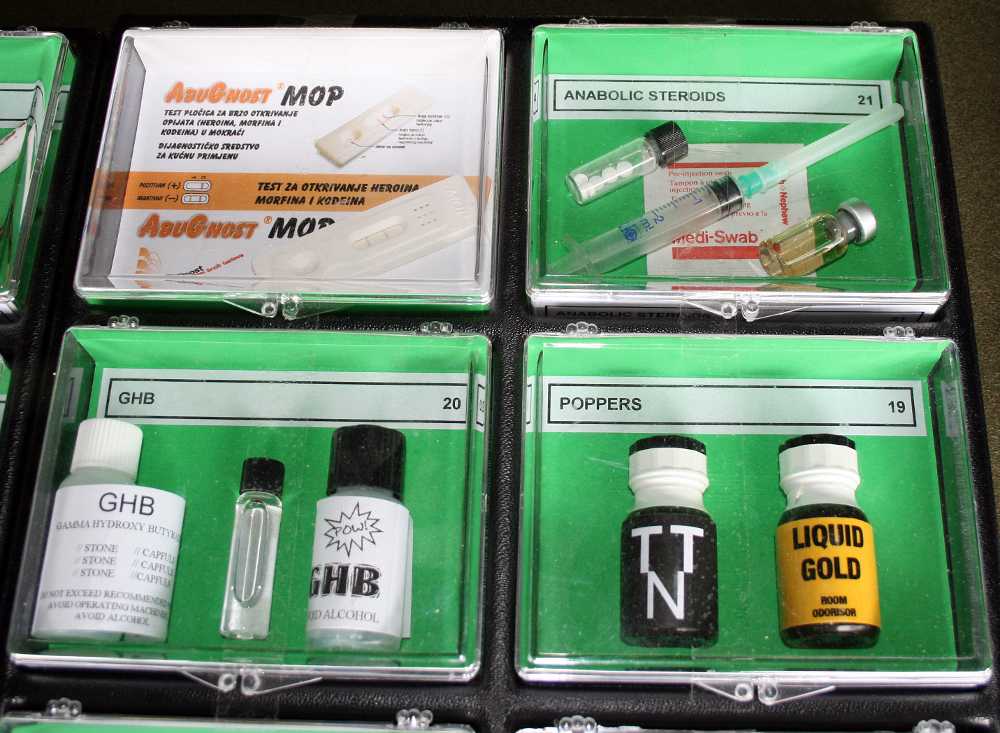Get a Six-Pack in Five Minutes. Get Massive Biceps With this One Easy Movement. Whether it be Instagram, YouTube, or even TikTok, fitness content is thrown at viewers who may have never stepped foot into a gym before in their lives. False hopes of looking like our favorite athletes, actors, or even Mr. Olympia himself in a couple of months cloud people’s minds as they scroll endlessly through their feeds, with click-baiting titles receiving the greatest number of clicks. Although influencers claim to be promoting healthy lifestyles, many are taking anabolic steroids while still promoting themselves as fully natural. This behavior has been linked to increased reports of body dysmorphia and increased steroid use among teens and those in their early twenties. Content on social media ranges from ill-advised to dangerous, but not without a couple of good tips if you know where to find them.
Body dysmorphia is a mental state where someone sees their body differently than anyone else does. This could be a woman not seeing herself as thin as others may, or a man seeing himself as less muscular than he actually is. While not everyone suffers from this, many who go to the gym are constantly comparing themselves with those around them. There’s a saying in gym culture stating, that ‘once you step into the gym, you are forever small.’ This saying intends to say that as soon as you start working out, you’ll constantly want to get bigger and more muscular. According to an article reviewed by Dr. Marney A. White, a licensed clinical psychologist, body dysmorphia directly linked to muscle growth can lead to “steroid use, depression, and thoughts of suicide.” But this doesn’t mean that wanting to increase muscle mass is a bad thing. It is all relative to how long an individual has been working out as well as their general nutrition.
An influencer who is on steroids and posing as though their physique is natural is damaging to the fitness community. New and experienced lifters will compare themselves to this person who supposedly doesn’t take any steroids and wonder why they can’t look like that. In reality, these lifters may not be doing anything wrong at all. Simply, no natural human would ever be able to reach the same physique as someone on steroids. This is when muscle dysmorphia becomes more common. When natural people compare themselves to those on steroids and wonder why they don’t look the same, they start looking into new ways to achieve their goals.
Some turn to steroids themselves. In a survey conducted by the National Institute of Drug Abuse, out of 1,900 respondents using steroids, weightlifting and bodybuilding made up the first and third largest populations (weightlifting came in third to athletics by 3 respondents). Together, these two groups made up 509 of the respondents — approximately 27% of all users. Of these people, the vast majority of those users are between the ages of 20-30, with 20% of these people reporting starting use during their teenage years. But why do people feel the need to use steroids in the first place? Some do it for aesthetics and some do it for strength gains. Anabolic steroids have been credited for anywhere between 5% and 20% strength gains and 4.5-11 pounds of body weight, some of this being lean muscle. For someone who is having trouble adding weight to their lifts or is insecure with their bodies, steroids serve as a relatively good option to overcome these troubles.
But they don’t come without a trade-off. Some side-effects of common anabolic steroids are an increase in the chances of developing liver disease, the kidneys or heart not functioning correctly, paranoia, depression, increased cholesterol, and an increase in blood pressure. These can lead to early heart attacks or other life-threatening medical conditions in the future. Yet there is one thing nearly all of these side-effects have in common: most are in the long-term. Due to the fact that there are few negative immediate effects of steroids, many misinterpret how harmful they can be.
Despite all of the negatives, social media has had some positive effects on the fitness industry. Chris Bumstead, the Mr. Olympia winner in 2019, 2020, and 2021, has been given a platform to promote safe and healthy workout plans. In addition to this, certified personal trainers and bodybuilding coaches who promote natural growth are given as much of a platform as those who are on steroids. It’s all about looking into the individual’s background to see if they should truly be trusted to give advice. As long as one is doing their research before blindly following whatever they see online, they’ll be able to pick up some helpful tips.
Social media has fueled an increase in anabolic steroid use leading a new generation of both men and women to have unrealistic body standards. Instead of comparing themselves to influencers who may or may not be on steroids, people should look at their own progress throughout their fitness journey. As long as each individual is making progress over time, that should be an indication that they’re doing something right. Once one turns to steroids to look like their favorite influencer or actor, they’re compromising their long-term health for a short boost of aesthetics.



















